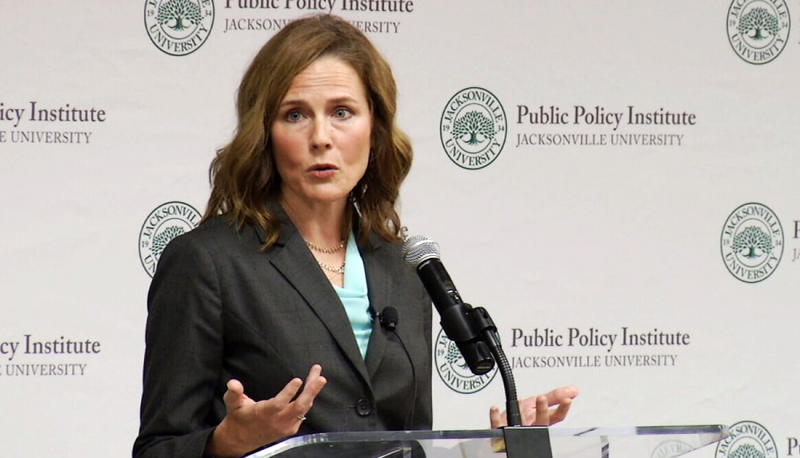In a 5-4 decision in Patel v. Garland, the far-right Supreme Court has made life harder for immigrants who thought they could turn to our courts to protect their rights. In this case, an immigration official ruled that Indian citizen Pankajkumar Patel could not remain in the country. The law gave a government official the discretion to let him stay or make him go, but the official may have based his decision on inaccurate facts. The justices ruled that Patel can’t go to court to correct the mistake.
The abuse of power this could allow is so extreme that even the federal government urged the Court not to rule this way.
Why did officials deny Patel’s request?
Patel didn’t have documentation when he originally came to America. He asked officials to let him remain in the country based on a labor certification – something called an “adjustment of status.” This type of relief is generally discretionary: It’s up to the immigration officials.
Officials concluded Patel was ineligible for relief because when he had applied for a Georgia driver’s license, he had incorrectly checked a box that said he was a U.S. citizen. He testified that it had been a mistake, but immigration officials didn’t believe him. They concluded it had been intentional.
Based on that factual conclusion, the officials determined that Patel was legally “inadmissible” – that the law would prohibit him from entering the country if he were entering now. And since he was inadmissible, the officials ruled that he could not remain in the country.
What happened in the lower court?
Patel lost in the lower courts. The Eleventh Circuit, driven far to the right by Trump-appointed judges, ruled against him. They based their decision on an interpretation of the 2005 Real ID Act. In that law, Congress took away courts’ jurisdiction in certain categories of cases to hear appeals of denials of “discretionary relief.” The Eleventh Circuit interpreted the law so broadly as to prevent courts from reviewing discretionary decisions premised on “facts” that were simply not true.
Other circuits had not interpreted the law that way, so the Supreme Court agreed to hear the case. Even though the federal government had won in the lower courts, the Biden administration had urged the justices to take the case. It argued that Patel had a right to judicial review of the decision against him. The Court had to appoint an outside lawyer to argue that the Eleventh Circuit had been right.
How did the Supreme Court rule?
Justice Barrett wrote for the five-justice majority, joined by Roberts, Thomas, Alito, and Kavanaugh. The majority concluded that when the 2005 law took away court review of “any judgment regarding the granting of relief” under certain immigration provisions, that included any and all decisions relating to that discretionary judgment.
The majority acknowledged that there is generally a presumption that administrative actions are reviewable by courts. But in this case, they concluded, Congress clearly took away judicial review from situations like Patel’s.
What did the dissent say?
Justice Gorsuch actually agreed with Breyer, Sotomayor, and Kagan in this case, and he wrote the dissent. The dissenters pointed out that an adjustment of status is a two-step process: First, officials determine if the applicant is eligible for the requested change in status. If so, then they move to the second step: the discretionary decision of whether to grant the request. What Patel appealed was the first step, the legal conclusion that courts clearly have jurisdiction to review. What Congress made unreviewable was only the second step – the discretionary decision that Patel never advanced to.
The dissenting justices summed up the unjust results:
[Under the majority’s interpretation,] no court may correct even the agency’s most egregious factual mistakes about an individual’s statutory eligibility for relief. It is a novel reading of a 25-year-old statute. One at odds with background law permitting judicial review. And one even the government disavows.
Who else is affected?
The impact of the majority’s ruling is enormous. Gorsuch’s dissent specifically mentions green-card applications from “the student hoping to remain in the country, the foreigner who marries a U. S. citizen, the skilled worker sponsored by her employer.” The dissent notes that in the last three months of 2021, officials denied more than 13,000 green card applications, with nearly 790,000 remaining, and that the denials are often terse and seem to be subject to little administrative overview. Given this caseload, officials sometimes make serious errors and may even take unlawful shortcuts. The majority’s ruling “foreclose[s] judicial review for countless law-abiding individuals whose lives may be upended by bureaucratic misfeasance.”

